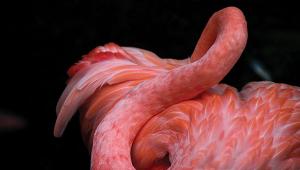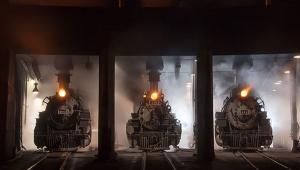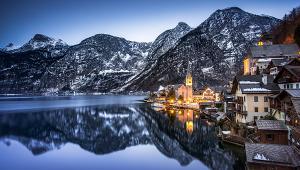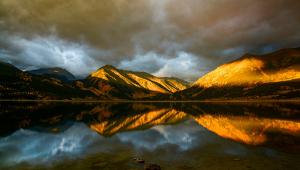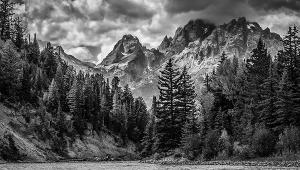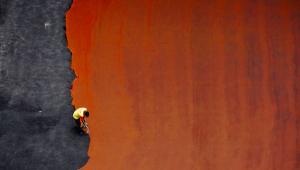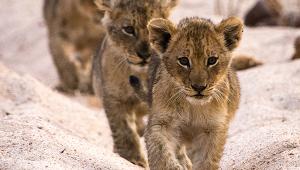Picture This!
The Stacking Effect: Compression With A Long-Range Tele
Telephoto lenses are great for bringing distant objects closer and giving you "tunnel vision" that isolates parts of your personal field of view. They also have an added benefit, a visual trick most commonly called the "stacking effect," where a series of subjects each distant from one another are brought in much closer visual contact. This compression of space is often used by landscape, architectural, and even candid photographers to add visual interest to a scene. True, you can crop into an image made with any focal length to get the same effect, but teles allow you to do this within the viewfinder, and without often image-degrading crops. This month readers sent in a wide variety of images illustrating this stacking effect, covering almost all the bases we mentioned, with some surprises as well.
|
|
|
|
|
|
|
|
|
|
|
|
|
|
|
|
|
|
|
|
|
|
|
|
|
|
|
|
|
|
Please Note
We receive hundreds of submissions for Picture This! each month and
want to be sure we properly identify each image we publish. Please be sure to
attach your name and image information to the back of each submission.
- Log in or register to post comments










